Ukrainian embroidery dates back to the pre-Christian period. At that time, embroidered towels or embroidered shirts served as charms - it was believed that they protected their owner from troubles, and his house from evil forces. With the advent of Christianity, embroidered towels began to decorate icons. Nowadays, the vyshyvanka has become the most fashionable festive clothing in Ukraine, no wedding is complete without embroidered towels, in villages you can often find embroidered pillows and bedspreads.
The most common ornament of Ukrainian embroidery was a geometric ornament, the main elements of which were "diamonds with horns". According to ancient Slavic beliefs, they embodied the goddess of the earth, served as a good protective symbol that brings happiness and protects fertility. It is the presence of the latter meaning that explains the widespread use of this amulet ornament in ceremonial clothes, primarily women's. Embroidery with such signs in women's clothing was placed on headdresses, chests and shoulder pads, in men's - on the shoulder pads, as well as the sleeves and hem of embroidered shirts. In addition, all Ukrainian embroidery is marked with the signs of Water and the Sun - the two elements that created earthly life, and therefore they should be understood as water maternal and solar paternal energies. The Sun is in the form of an octagonal rosette or flower, and the sign of Water resembles a coiled snake.
Images of poppies, lilies, grapes, hop leaves, branches of viburnum, and oak were most often used in the floral ornament. The floral theme appeared in Ukrainian embroidery not immediately: geometric ornaments gradually changed to a schematic, and then to a naturalistic image of flowers. The most popular flowers in Ukrainian embroidery are: periwinkle, mallow, forget-me-not, lily of the valley, and often fantastic star flowers.
A special place was given to towels - ancient talismans of the house and family. In ancient times, a towel embroidered with appropriate patterns and symbols was an integral attribute of many ceremonies: with a towel, dear guests were met and seen off, marriage rites were performed, people in labor came to welcome the birth of a new person, icons were decorated and bread was covered on the table, they were seen off in the last way Towels were a kind of consecration of the beginning of the case and its end.
Roses on towels and clothes appeared only in the 19th century. The motif "rose", "rose", "rose" can be attributed to original innovations in the ornamentation of embroidery on clothes. Researchers deduce its origin from geometric ornaments by means of the complication of crosses and rosettes. Some, in particular Hryhoriy Pavlutskyi, see this motif as a Middle Eastern influence. One of the reasons for the popularization of the theme of roses in embroidery can be considered that the main religion in Western Ukraine was Catholicism, where the rose is a symbol of the Virgin Mary, and the white rose is a symbol of purity and innocence.
At the turn of the 19th and 20th centuries, a radical change in the artistic solution of folk embroidery takes place. This is explained by the spread of the cross technique. This technique was used to embroider various interior items in cities and manors: panels, tablecloths, napkins. Small-format books and albums, individual letters with pictures in a pseudo-folk style were published in Kyiv, Odesa, Mogilev and distributed in cities and villages. In the decoration of women's shirts, along with the classic patterns of traditional folk embroidery with artistic features inherent in each region, new, naturalistic plant motifs in the red and black range appear. Established for centuries in each locality, its traditions, its ideas about beauty began to be quickly replaced by new techniques and new ornaments. The famous collector of folk art, Ivan Gonchar, noted that this phenomenon "eliminated all original local features of embroideries."
The rapid spread of fashion for the cross-stitch technique was also facilitated by postcards with printed patterns for embroidery, which were distributed free of charge in the form of a "premium" to buyers of cheap glycerin soap or cologne. Soap and other perfumery products were manufactured by the Brokar and Co. factory, the founder and owner of which was the merchant Henry Brokar of French origin in 1864. His wife Charlotte helped her husband in business: she came up with new brands, names of product groups, developed packaging design and even negotiated with partners. Before the opening of the second branded store, Charlotte came up with another novelty. A set of perfume products, which included soap, lipstick, perfume, cologne, cream - only ten products at a fantastically low price. The public, warmed by the advertising, almost blew up the new store.
Charlotte's advertising ideas fascinate even modern businessmen. Probably, it was from her presentation that free "premiums" appeared for soap - printed drawings with cross patterns. From now on, not only townspeople, but also the rural population became buyers of brocade products, and embroidery began to be called "soap" or "brocade".
Needlewomen were attracted by the novelty of ornamental motifs, their color saturation, decorativeness. The cross-stitch technique provided ample opportunities for a more realistic interpretation of plant motifs. Simplicity of technique

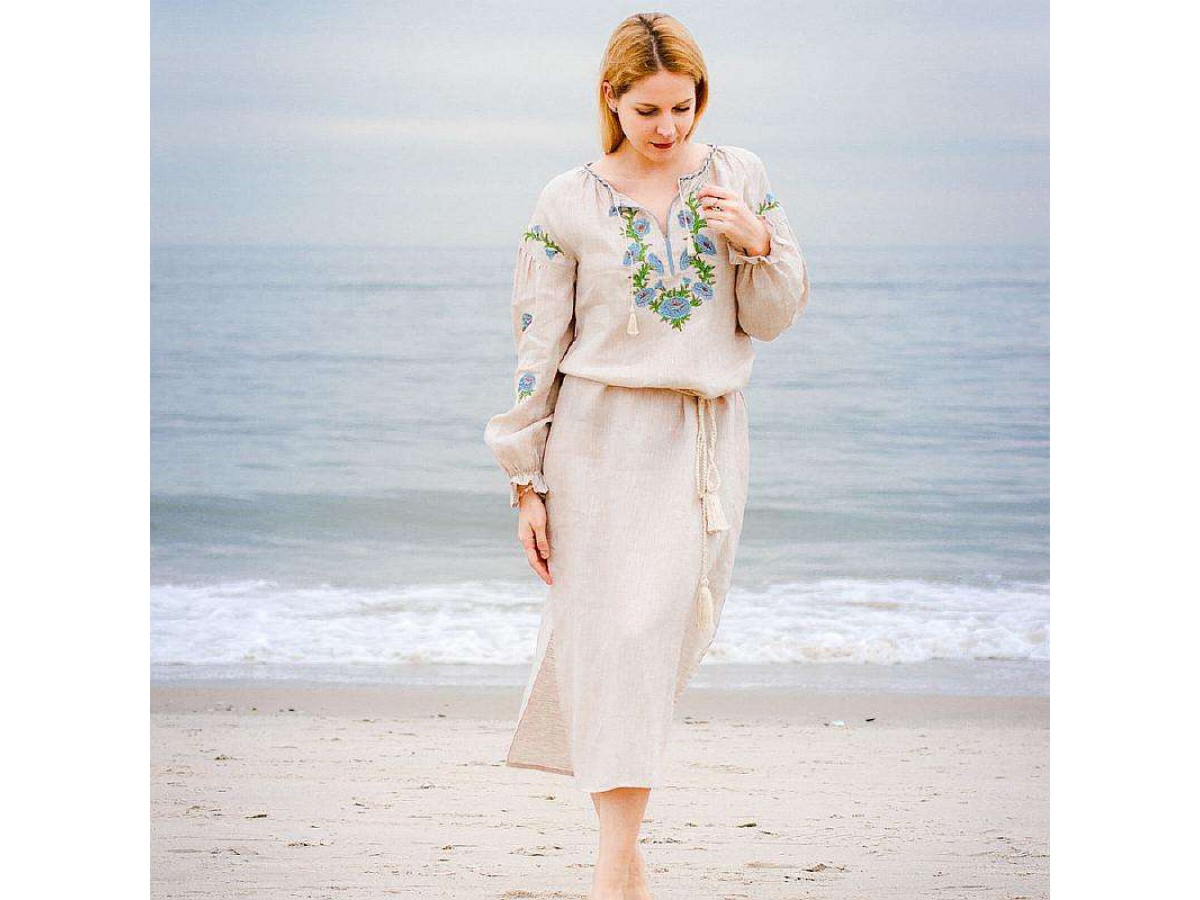
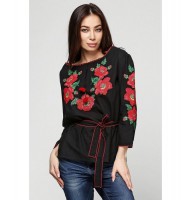
-192x200.jpg)
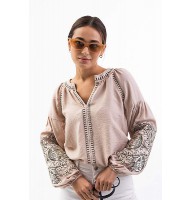
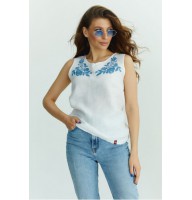
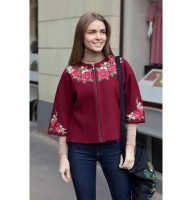
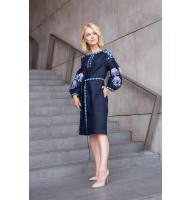



Write a comment